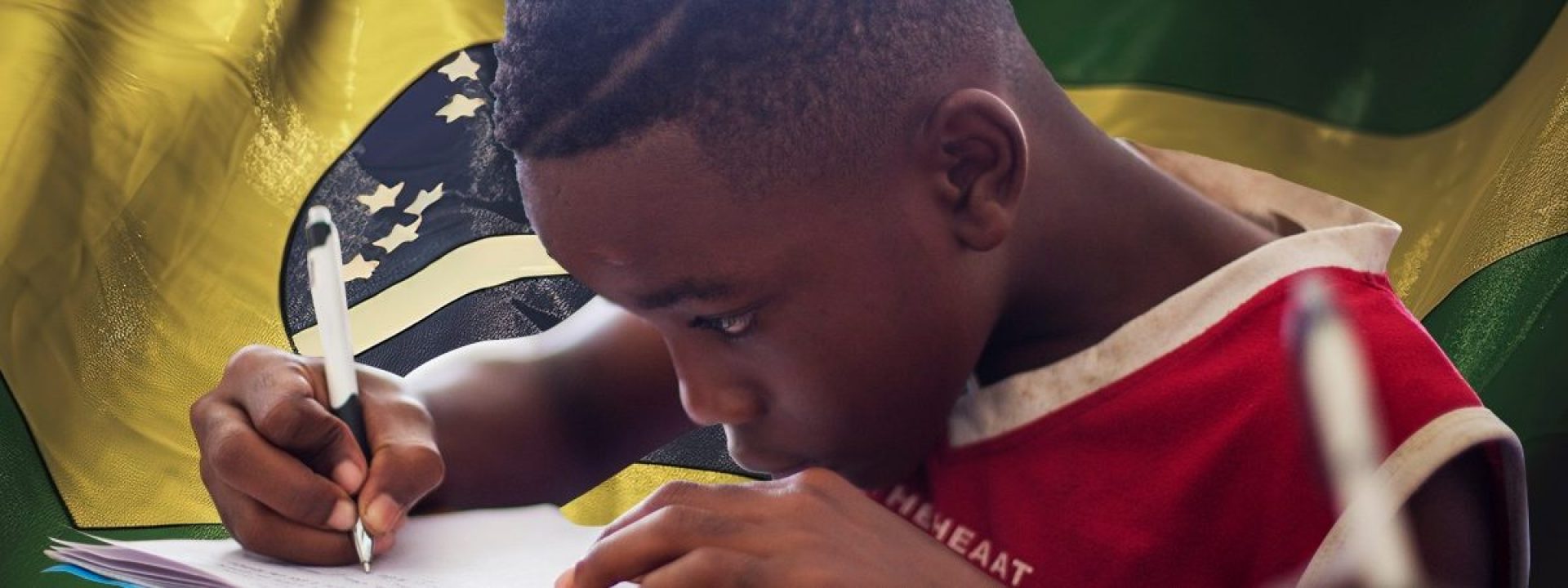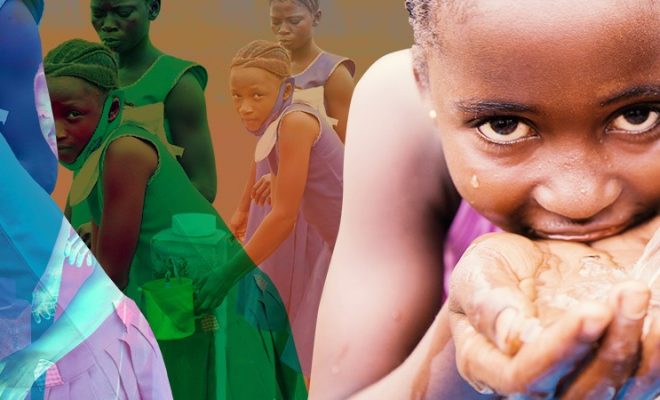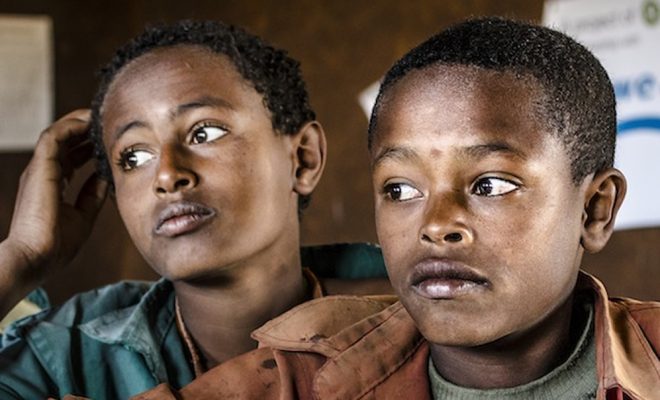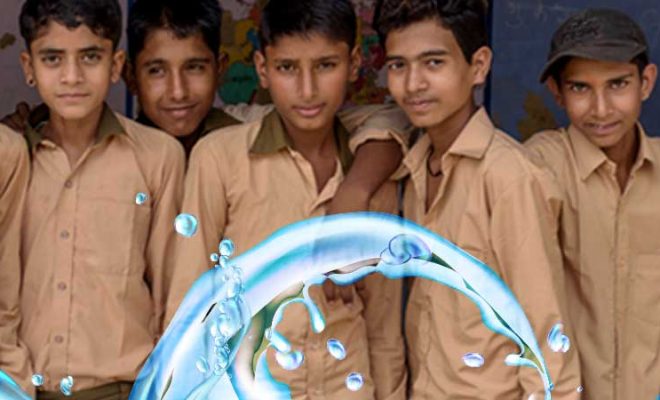
Brazil’s semi-arid region is one of the areas most threatened by the climate crisis. The Sertão, a sub-region known for its prolonged dry season and scarce and poorly distributed rainfall throughout the year, is in this area. The Sertão covers several northeastern states, such as Ceará, Piauí, Paraíba, Rio Grande do Norte, Alagoas, Sergipe, and parts of other states, such as Bahia and Maranhão. It is located within the so-called “polygon of drought,” a term used by the Brazilian government to identify the areas most affected by water scarcity and aridity to implement specific development policies and programs.
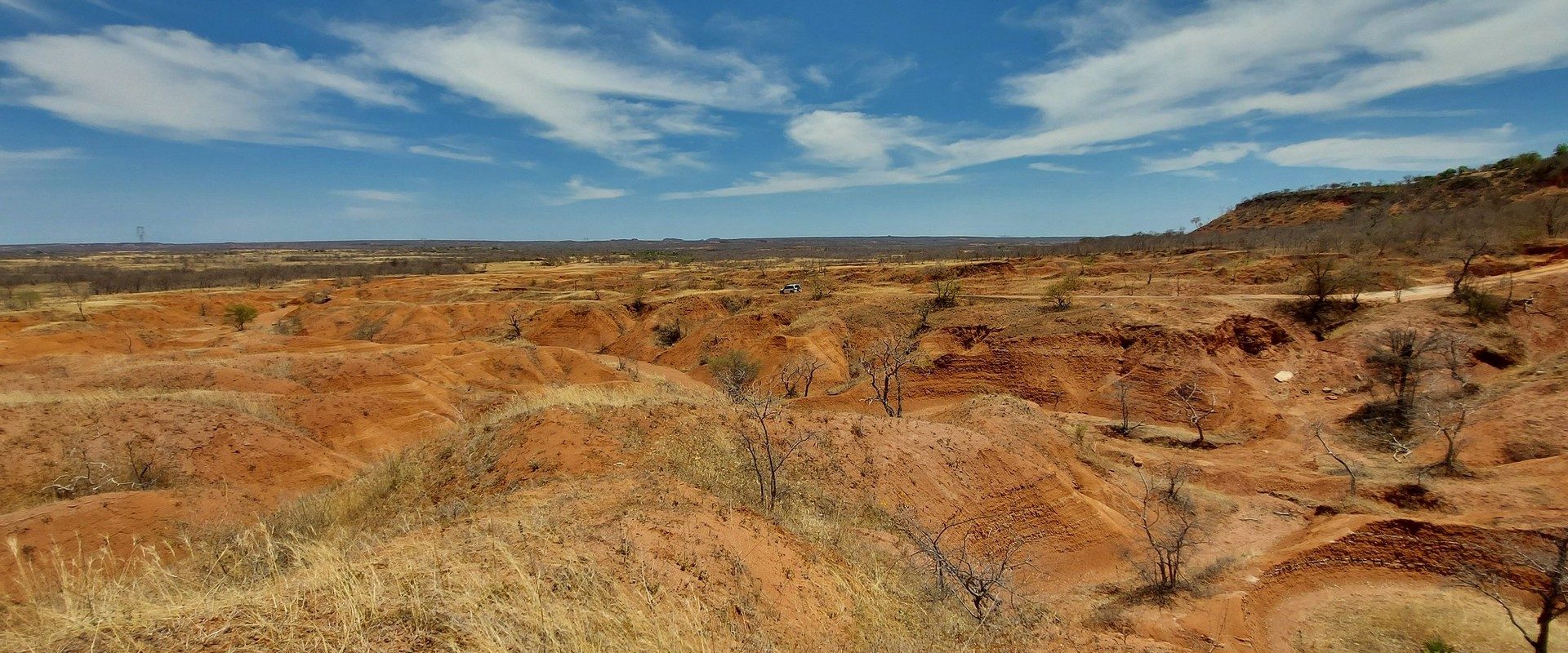
Brazil’s semi-arid areas face a growing climate challenge. © A. Duarte/ Brasil – Piauí
Two harsh droughts have changed the way of life
The vast northeastern region, which spans eight states, has experienced two devastating droughts this past decade that have decimated agriculture and livestock and degraded its ecosystems; these consequences affect all semi-arid areas on Earth and threaten the socioeconomic stability of hundreds of millions of people. The latest water crises have tested the legendary resilience of the Sertão communities, whose last three generations have endured ongoing climatic challenges and inconsistent government attention to help solve their humanitarian problems.
What local climatologists have called the worst drought in a hundred years began in 2012 in the Sertão. A perverse combination of factors, such as the El Niño phenomenon in the Pacific, rising temperatures in the North Atlantic, and global warming, caused the state of Ceará to experience a temperature increase of 1.3 ºC above the average of the last 50 years.
The low rainfall persisted for five years, and the landscape bore witness to this: the caatinga, an indigenous name meaning “white forest” due to the characteristic whitish color of the vegetation in the dry season, lost its leaves and blackened. Three of the region’s 25 million inhabitants suffered water shortages, and in many wells, the water became brackish and unsuitable for drinking and irrigation. The government began to deliver free water in tanker trucks to bring the daily consumption per person up to the 20 liters established by the WHO.
The situation was repeated in 2020 when the area had not yet recovered, and many NGOs organized water harvesting systems and helped communities to develop adaptive strategies based on the rich ancestral farming culture and the development of water harvesting techniques as well as efficient irrigation.
Struggle for crop diversification
In addition to soil erosion, with the consequent threat of desertification, one of the main problems left in the aftermath of the droughts was the dependence on water-stress resistant crops which, despite consuming less water, in many cases have lower productivity and limited crop diversification. This is the case with carob, cassava, and fodder sorghum.
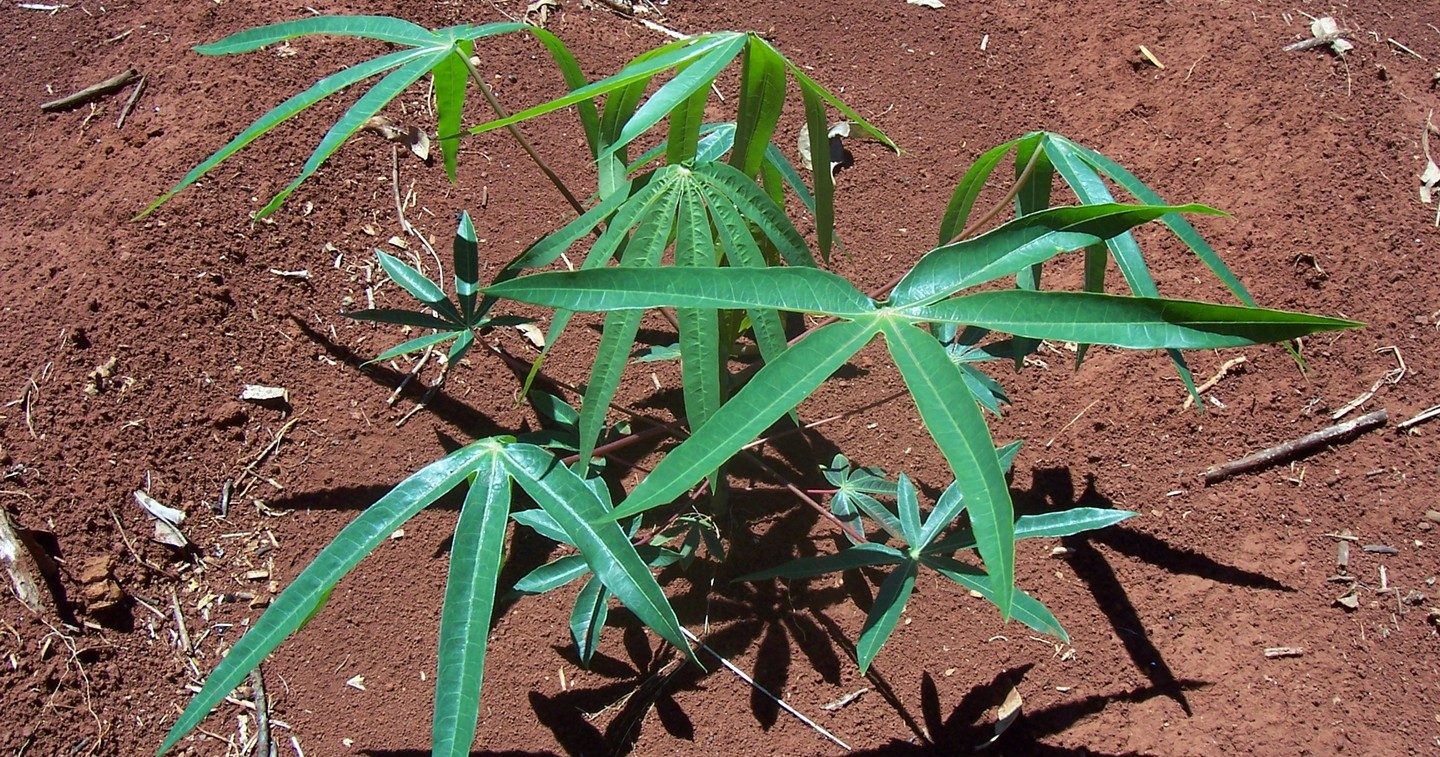
One of the main problems left in the aftermath of the droughts was the dependence on water-stress resistant crops. This is the case with carob, cassava, and fodder sorghum. © Loco085
Many efforts are focused on promoting diversification by introducing new adapted varieties and sustainable agricultural practices. This involves the construction of water storage cisterns, the introduction of soil conservation techniques, and the implementation of education and training programs in the communities.
Climate and education: two crises that must not overlap
For these training programs to be effective, the education system must not fail. In this regard, communities in Brazil’s northwestern regions struggle to cope, including the semi-arid areas and the north and central Amazon. According to UNICEF, in one of the areas hardest hit by the Covid-19 pandemic, nearly 5,000 schools experience significant deficiencies; they require urgent attention as they lack access to safe water and hygiene facilities. This means that more than 250,000 students (children and adolescents) have their studies and health compromised.
Specifically, in the state of Ceará, in the extreme north of the semi-arid region, 106 schools do not have adequate access to water. In the municipality of Caucaia, we have completed a project with UNICEF to guarantee the best water, sanitation, and hygiene conditions for students and teachers. Beyond the facilities, the intervention’s objective is to create a knowledge-based water culture. To this end, training teachers in developing hygiene and water use techniques is critical to developing new health and infection control habits.
Knowledge, the best adaptive tool
Knowledge of the water cycle and its link to crops and environmental balance is essential to develop effective water stress adaptation programs.
Education is survival for children in the most vulnerable areas, such as Ceará; it is the only tool that can empower them to manage their future. They must become agents of knowledge dissemination: learning natural sciences, social sciences, and humanities to understand the principles of sustainable development, technology to access water, hygiene to avoid getting sick, and knowledge that will give them resilience and adaptive capacity. And what they learn at school they will pass on to their families and thus create a new social culture capable of thriving in a hostile environment where water, which is already scarce, will become even scarcer.
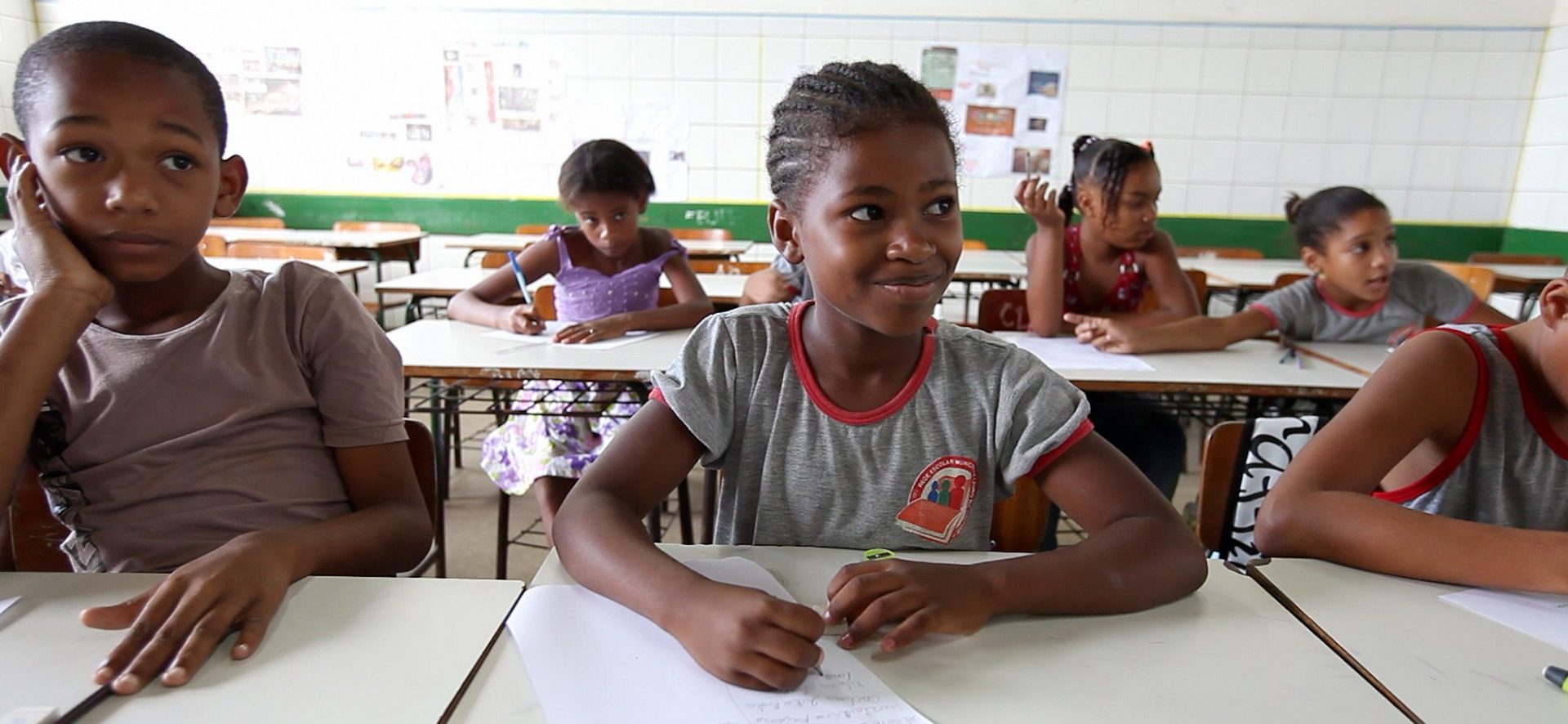
Education is survival for children in the most vulnerable areas, such as Ceará; it is the only tool that can empower them to manage their future. © Stephan Bachenheimer/ World Bank
According to UNICEF, in the next decade, 175 million children will be affected by climate change. They will have to survive in an environment with fewer water resources and greater food insecurity. All of them, and 88% of the world’s adolescents live in developing countries most vulnerable to rising temperatures, drought, and violent weather events.
Ensuring education in rural areas is the basis for providing future prospects for the community. If young people are empowered, they will be able to reverse their impoverishment and move towards territorial rebalancing, an essential condition for achieving, or at least approaching, the goals of the 2030 Agenda.


